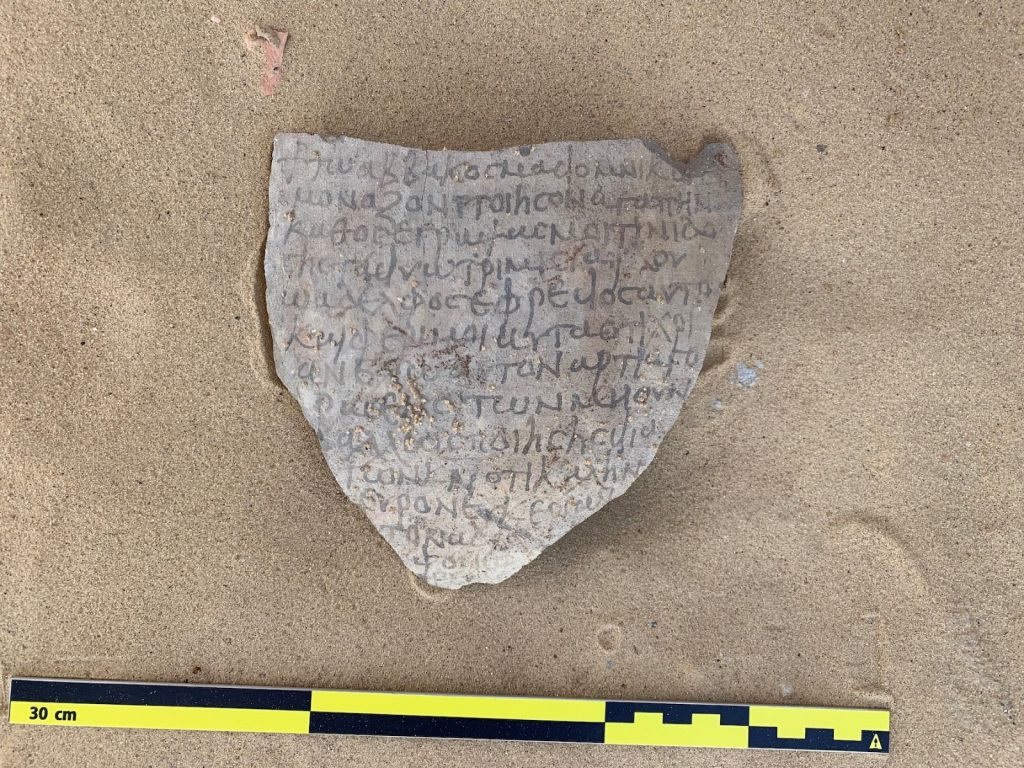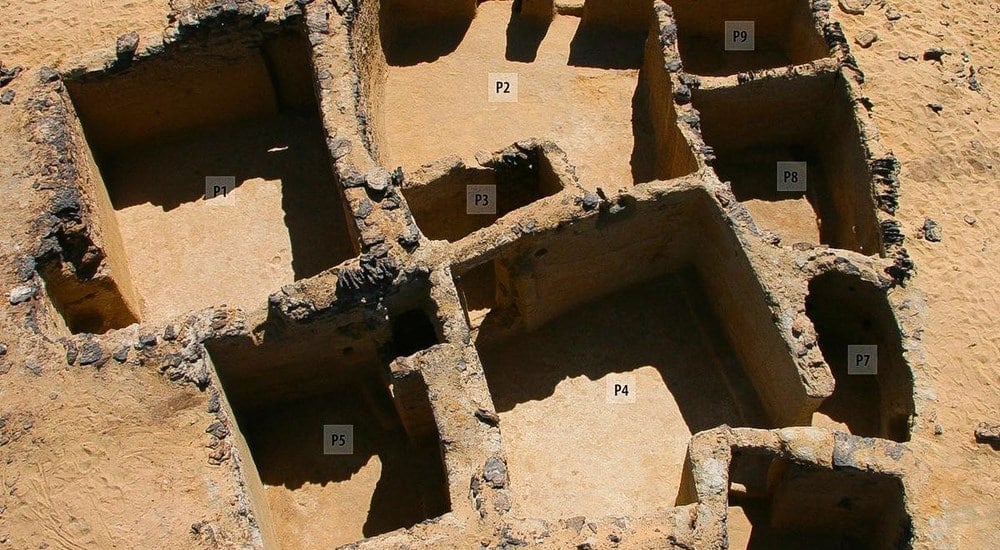
Archaeologists have uncovered the ruins of an ancient Christian settlement, including a monastery, dating back to the fourth and fifth centuries AD, in Egypt’s Western Desert, the Egyptian Antiquities Ministry stated on Saturday.
A team of French and Norwegian archaeologists conducted a series of excavations at the site, called Tal Ganoub Qasr al-Agouz, and found a large complex of buildings, including a church, in 2020.
The find, which includes “nineteen structures” and the church, which was “carved into bedrock,” is expected to greatly expand our knowledge of the period, and helps to “the nature of monastic life in the region,” stated Dr. Victor Ghica, the head of the archaeological team.
According to Ghica, the walls of the church, which dates back to the fifth century AD, a critical period in the development of early Christianity, were adorned with religious inscriptions and passages from the Bible written in Greek.
The walls of the church also include inscriptions, written in yellow ink, detailing some aspects of monastic life in the region.

Ruins of monastery in Egypt part of larger, ancient Christian complex
The massive complex includes “six sectors containing the ruins of three churches and monks’ cells,” Osama Talaat, head of Islamic, Coptic and Jewish Antiquities at Egypt’s Ministry of Antiquities stated.
Archaeologists found both graffiti and intentional decorations featuring Coptic symbols on the walls of the ruins.
The many structures uncovered in the area, located in the desert southwest of the Egyptian capital Cairo, were made from a variety of materials, including basalt, bedrock, and mud bricks.
According to archaeological evidence, the site was occupied by monastic and other Christian communities from the fourth century AD until the eighth century, yet scholars believe its peak was from the fifth to the sixth centuries AD.
Previous excavations at the site, undertaken in 2009 and 2013, unearthed other monastic activities at the complex, including the “the production and preservation of wine as well as the husbandry of animals” by monks, according to the French Institute of Oriental Archaeology.
See all the latest news from Greece and the world at Greekreporter.com. Contact our newsroom to report an update or send your story, photos and videos. Follow GR on Google News and subscribe here to our daily email!



